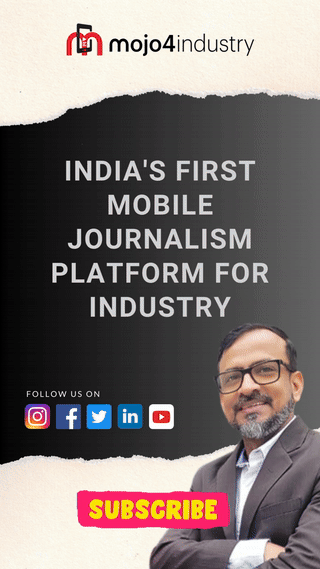Novasys Greenergy targets Rs. 1,000 Cr revenue by 2025
Novasys Greenergy, hailing from Nagpur, Maharashtra, shines bright as a leading solar module manufacturer! Started as an EPC player in 2016, they’ve already completed 25 MW projects in Maharashtra and Chhattisgarh.
In 2022, Novasys ventured into solar module production with a 300 MW facility, swiftly expanding to 600 MW by 2023. Now, they’re gearing up to hit a whopping 1.2 GW annual production capacity in next 2 months!
With sights set on a Rs. 1,000 Cr revenue by 2025, Novasys Greenergy’s President Ashok Singh shares their vision for a sustainable future. From launching Mono PERC 395 Wp modules to investing Rs. 35 Cr for expansion, Novasys is trailblazing!
Takeaways from the exclusive interview:
* Pioneers in Mono PERC modules
* Growth fueled by supportive policies and rising demand
* Investment of Rs. 35 Cr for expansion
* FY 2024 turnover: Rs. 500 Cr; FY 23: Rs. 350 Cr
* India’s solar industry on track for self-sufficiency in raw materials within 2-3 years
* Message to customers: Trust Indian manufacturers for world-class products!
Can you provide an overview of how it began and our current status?
In 2016, we began as an EPC contractor, completing installations totaling around 25 MW in Nagpur and Chhattisgarh. Through these projects, we realized the critical importance of high-quality solar panels and staying updated with the latest global technologies. We aimed to introduce these advancements to India. Thus, we started using cutting-edge technologies like fully automated lines for both poly and mono panels. We were pioneers in introducing the monopark 395W peak panels in India. Additionally, we were the first to import and install automatic framing machines from Novasys. Currently, our annual capacity stands at 600 MW, and we’re on track to expand it to 1 GW within the next two months.
In just 7-8 years, you’ve expanded from 600 MW to 1.2 GW of manufacturing capacity. What factors are driving this growth?
Certainly, there’s a growing demand driven by supportive policies and a government focus on achieving net zero emissions. As the market expands, we’re aligning our growth with this demand by upgrading our technologies and expanding our capacities. We’ve already invested approximately 25 to 30 crores in machinery and setup to scale from 600 MW to 1.2 GW. With an additional investment of 7 to 8 crores, totaling around 35 crores, we’ll achieve this expansion. This investment will bring significant value addition to our facilities, allowing us to meet the increasing market demands effectively.
Can you provide specific growth numbers?
Our revenue has seen steady growth over the past few years: 150 crores before last year, 350 crores last year, and nearly 500 crores this year. With the new capacity expected in 2025, we aim to achieve a revenue target of Rs 1000 crore.
Despite expanded capacities and nearing self-sufficiency, why do Indian solar players still rely on imports?
The availability of raw materials like silicon, including ingots and silica, is not an issue. However, China’s advanced manufacturing facilities enable them to offer ingots and possibly cells at a lower price, although the quality may not match what we produce locally. This poses a challenge for us. While module manufacturing primarily involves assembling, it’s reliant on cell manufacturing, which often involves slicing wafers into cells. Currently, we don’t manufacture ingots. However, companies like Reliance and Adani are exploring options to enhance domestic resources. Although we’re not entirely independent of China yet, improvements are underway. In the next few years, we anticipate achieving greater self-sufficiency in raw materials and reducing dependency on imports. While we may still import some components for cost reasons, the majority of manufacturing will likely happen locally.
What message do you have for the industry, your current customers, and potential customers regarding your short-term, mid-term, and long-term vision up to 2025?
To our customers, I would emphasize the importance of trusting Indian manufacturers. We’ve evolved into mature manufacturers, consistently delivering world-class quality. While our prices may be slightly higher initially, as your trust and demand grow, so will our ability to offer competitive pricing.
Watch the interview now!






